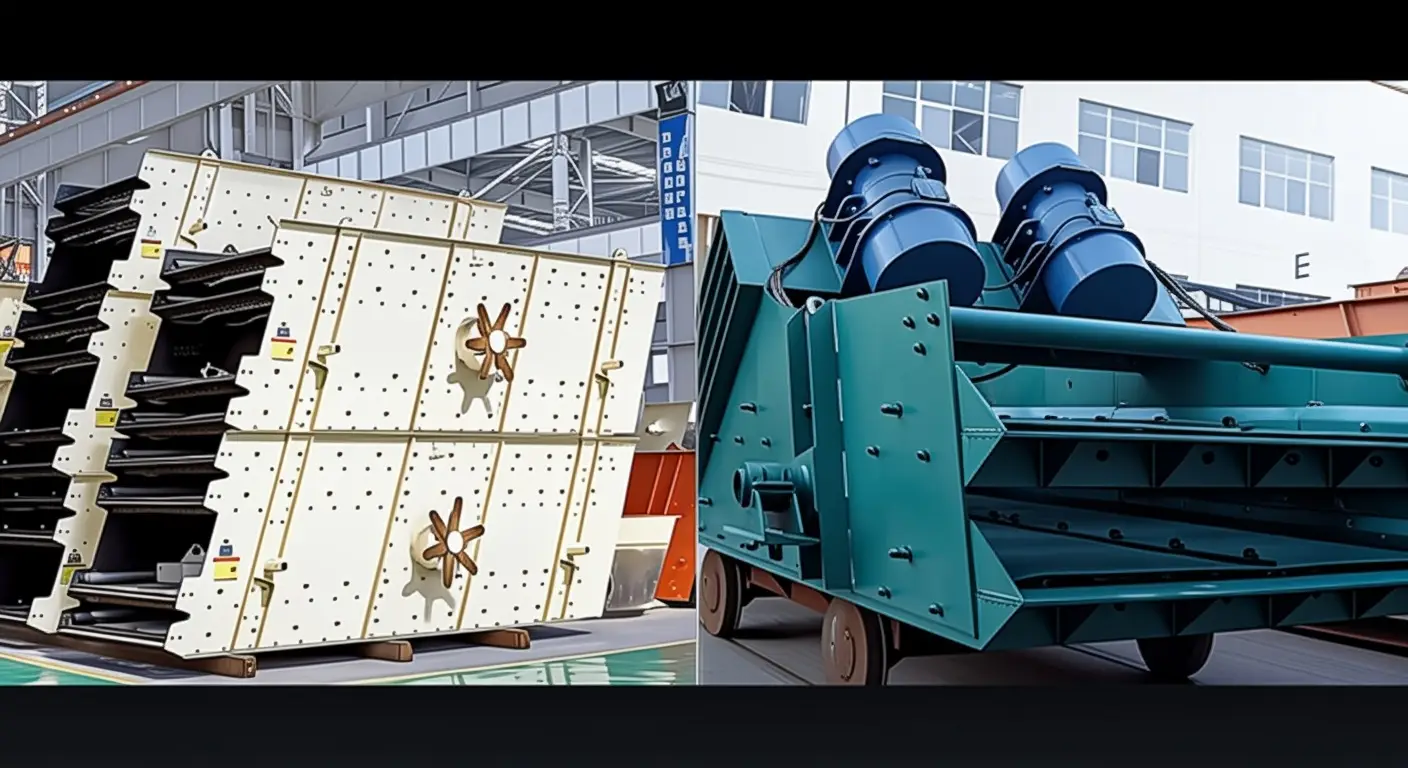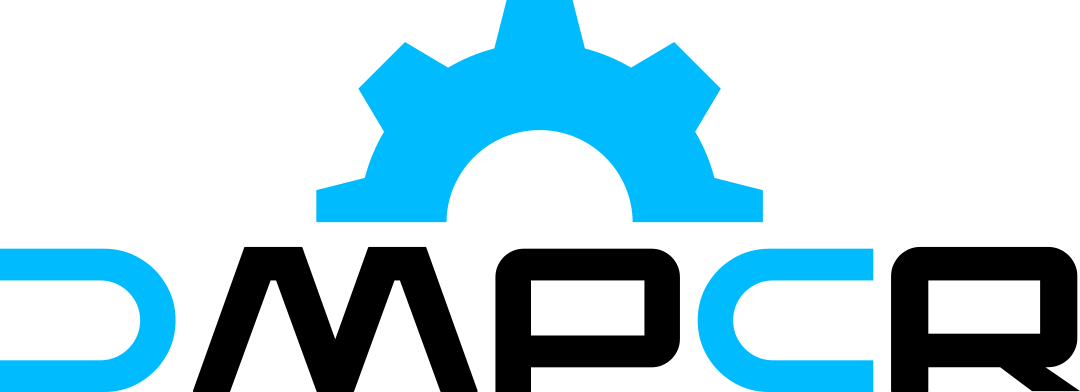Service
Clinker Vibrating Screen
Enhancing Clinker Preparation in Cement Production
The clinker vibrating screen is a vital piece of equipment used specifically to screen cement clinker during the production process. After clinker is initially crushed to a size below 5mm by a cement crusher, it is then sent to the cement mill for further grinding. This pre-screening and crushing process significantly boosts cement mill output by approximately 30 percent and reduces electricity consumption by around 18 percent, making it a widely adopted technology in modern cement factories.

Clinker Vibrating Screen
To ensure that only clinker particles smaller than 5mm proceed to the mill, the vibrating screen effectively separates and recirculates oversized particles for re-crushing. This screening step is essential to maintain consistent feed size, improving mill efficiency and product quality. In addition to clinker screening, this vibrating screen can also be used for classification and screening of raw meal materials, adding flexibility to its application within the cement production line.
The cement clinker vibrating screen typically features a two-layer design consisting of a coarse screen and a fine screen. This structure offers several advantages, including high screening efficiency and rapid removal of slag or oversized particles. Its durable construction ensures long service life and low energy consumption. The compact and lightweight design facilitates easy installation and maintenance. Vibration-damping springs reduce operational noise and mechanical stress, enhancing reliability and convenience during operation.
Finished Cement Vibrating Screen: Guaranteeing Product Quality
As an essential front-end unit of the cement packing machine, the finished cement vibrating screen plays a crucial role in the cement production process. Cement manufacturing imposes strict requirements on finished product fineness and granularity. Therefore, before packaging, finished cement must undergo thorough inspection to remove agglomerates, foreign objects, and other unwanted powder materials.
The finished cement vibrating screen uses a tensioned screen design which ensures that the screen wire experiences minimal fatigue stress. This tensioning prevents surface deformation like depressions that could hinder screening accuracy. To address the high dust levels commonly found in cement manufacturing environments, this vibrating screen is typically fully enclosed. This enclosure not only protects workers and the surrounding environment from dust pollution but also improves operational safety and cleanliness.
Additional Benefits and Applications of Vibrating Screens in Cement Plants
Vibrating screens serve as key equipment beyond clinker and finished cement screening. They are widely used in raw material preparation, coal processing, and waste separation within cement plants. By separating materials based on size and removing impurities, vibrating screens improve material quality and ensure smoother downstream processing.
Advanced vibrating screen machines are designed with multiple layers, adjustable amplitude, and frequency settings to accommodate different materials and operational requirements. High screening efficiency results from optimized vibration mechanisms and precise screen mesh selection. The reduction in energy consumption combined with minimal maintenance needs makes vibrating screens cost-effective for long-term cement plant operations.
Furthermore, many vibrating screens incorporate noise reduction technologies and automatic cleaning mechanisms to enhance efficiency while ensuring compliance with environmental regulations. Their versatility and reliability make them indispensable throughout various stages of the cement production line.
